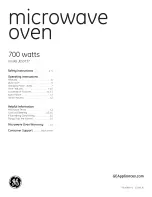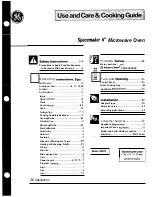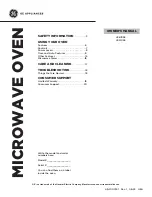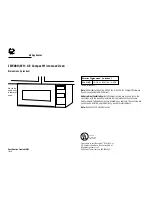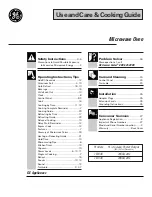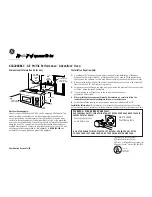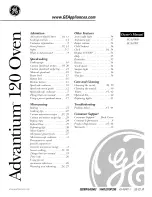
Cleaning and care
54
Cleaning the catalytic
enamelled back panel
Catalytic enamel is self-cleaning, which
means that oil and fat are burnt off
automatically when very high
temperatures are reached inside the
oven.
The higher the temperature, the more
effective the process.
Exposure to scouring agents,
abrasive brushes or sponges and
oven cleaner can cause catalytic
enamel to lose its self-cleaning
properties.
Remove the catalytic enamelled
panels before using an oven cleaner.
Removing soiling caused by spices,
sugar and similar deposits
Remove the back panel (see
“Cleaning and care – Removing the
back panel”).
Clean the back panel by hand with a
solution of hot water and washing-up
liquid applied with a soft brush.
Rinse the back panel thoroughly.
Let the back panel dry before placing
it back in the oven.
Removing oil and grease
Remove any accessories from the
oven compartment, including the side
runners.
Before starting the cleaning process,
remove any large deposits of soiling
from the inside of the door and the
PerfectClean surfaces to prevent
them burning on.
Select the
Fan plus
function and
250 °C.
Then heat the empty oven for at least
1 hour.
The length of time required will
depend on the level of soiling.
If the catalytic coating is very heavily
soiled with oil and grease, a film can
form on the oven compartment
surface during the cleaning process.
Risk of injury caused by hot
surfaces.
The oven gets hot during operation.
You could burn yourself on the
heating elements and oven
compartment.
Allow the heating element and oven
compartment to cool before manual
cleaning.
Clean the inside of the door and the
oven compartment with a solution of
hot water and washing-up liquid,
applied with a clean sponge or a
clean, damp microfibre cloth.
Any remaining soiling will gradually
disappear with each subsequent use
of the oven at high temperatures.































